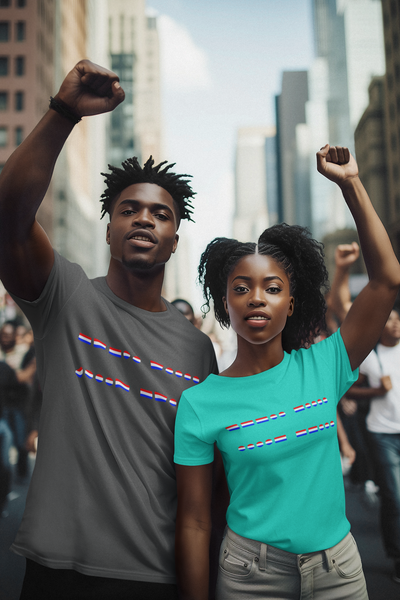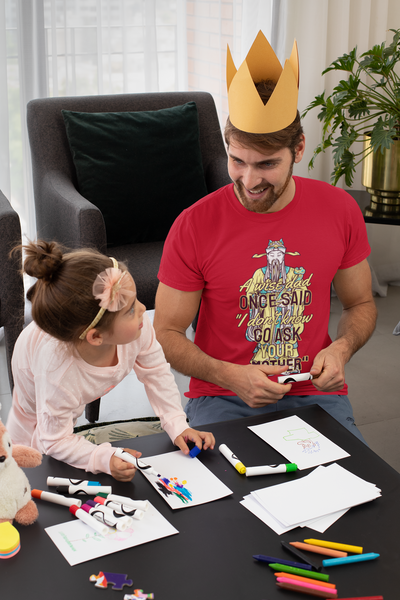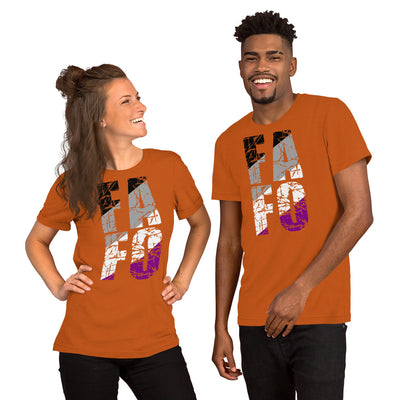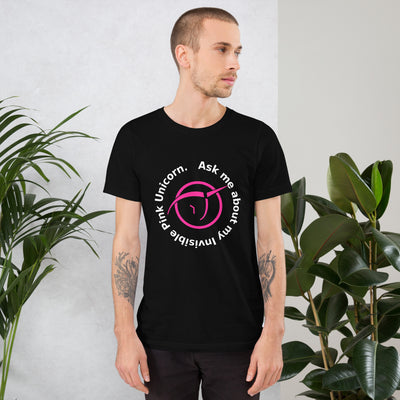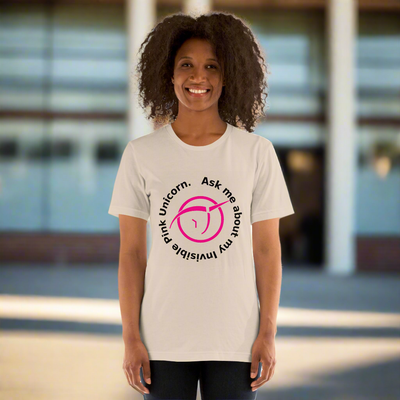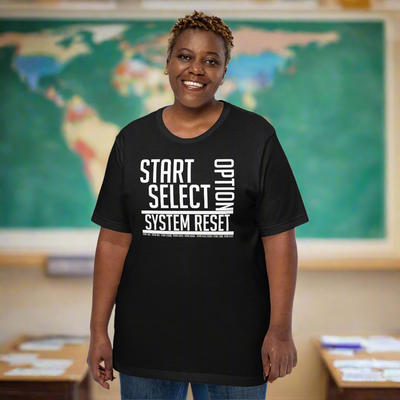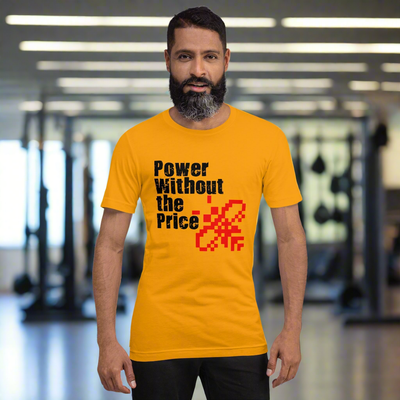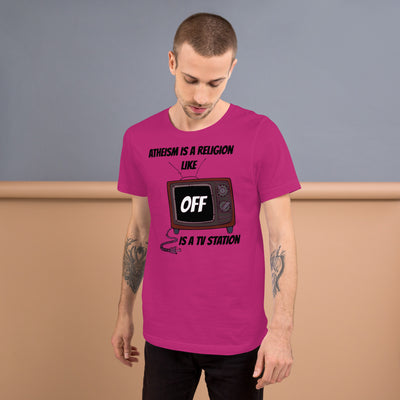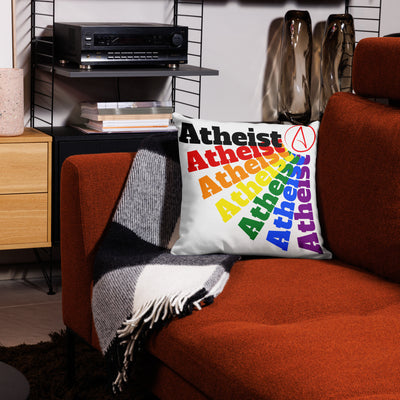Fabric design goes beyond aesthetics; it can serve as a powerful medium for social commentary. In this blog, we’ll explore how various fabric designs can highlight social issues and inspire change.
Understanding Fabric Design
Explore the basics of fabric design and its importance in artistic expression.
Fabric design is not merely about creating beautiful textiles; it is a language through which ideas can be communicated. Each pattern, color, and texture tells a unique story that can resonate with individuals on various levels.
In essence, fabric design serves as a canvas for emotions, cultural reflection, and even political commentary. From intricate weaves to bold prints, the choices designers make can speak volumes about the societal values prevalent during their creation.
For instance, consider how certain motifs may evoke cultural heritage or memory, reminding us of past struggles and triumphs. This dual identity of fabric—both functional and expressive—invites deeper engagement with the material world.
Historical Context of Fabric in Social Movements
Discuss how fabric has been used historically in various social movements and what it represents.
Throughout history, fabric has been a silent yet powerful participant in social movements. From the bold banners of suffragettes to the vibrant patchworks of quilt-making for civil rights, textiles have served as symbols of unity, resistance, and voice.
Such acts were not merely about fabric; they were about identity, community, and change. For example, the use of tie-dye in the 1960s encapsulated the counterculture movement, reflecting ideals of peace and social rebellion.
Moreover, fabric has frequently been employed to commemorate significant events, illustrating how its threads weave stories of struggle, passion, and perseverance for generations. This historical backdrop reminds us that each patch and pattern carries weight beyond its immediate beauty.
Modern Examples of Socially Conscious Fabrics
Highlight contemporary designers and collections that reflect social awareness through their fabric choices.
In today’s fashion landscape, a growing number of designers are stepping forward with socially conscious fabric designs. These pioneers are crafting collections that not only reflect current societal issues but also ignite dialogues around them.
For example, the rise of upcycled materials has transformed how fabric is perceived. Brands like Reformation and Patagonia are utilizing discarded textiles not just to reduce waste but to promote sustainability, thereby addressing ecological concerns rooted in social justice.
Additionally, designers like Tania Goveas use their platforms to highlight themes such as gender equality and racial justice through intricate fabric work. Their collections often convey poignant messages, encouraging wearers to become more than just consumers; they become advocates of change.
The Role of Sustainable Practices
Analyze how sustainability in fabric production supports broader social awareness goals.
Sustainability is a cornerstone of socially aware fabric design. As consumers become more conscious of their environmental footprint, the demand for eco-friendly textiles grows, influencing brands to adopt sustainable practices.
This shift not only addresses ecological concerns but also intersects with social issues, such as fair labor practices. By choosing organic materials and ethical production methods, designers can contribute to better working conditions across the globe.
Moreover, sustainable practices encourage a transparent supply chain, allowing consumers to make informed choices. When we select fabrics made from sustainable sources, we actively support a system that prioritizes both the planet and the people involved in its production.
How Consumers Can Support Socially Aware Fabric Design
Provide tips on how consumers can choose and advocate for socially conscious fabric designs.
Consumers play a pivotal role in supporting socially aware fabric design. One of the easiest ways to make an impact is to prioritize brands that transparently share their fabric sourcing and production practices.
Engaging in conversations around fabric choices—asking designers and retailers about their ethical practices—can also influence the industry. Social media serves as a powerful tool to amplify these discussions, encouraging others to consider the stories behind the fabrics they choose.
Additionally, consider exploring second-hand shops or fabric swaps as alternatives to fast fashion. These practices not only promote a more circular economy but also support diverse fabric stories waiting to be carried forward.
Final Thoughts on Fabric and Social Awareness
Ultimately, fabric design does reflect social awareness. Through thoughtful design choices, creators can influence perceptions and foster important dialogues around pressing social issues.

























